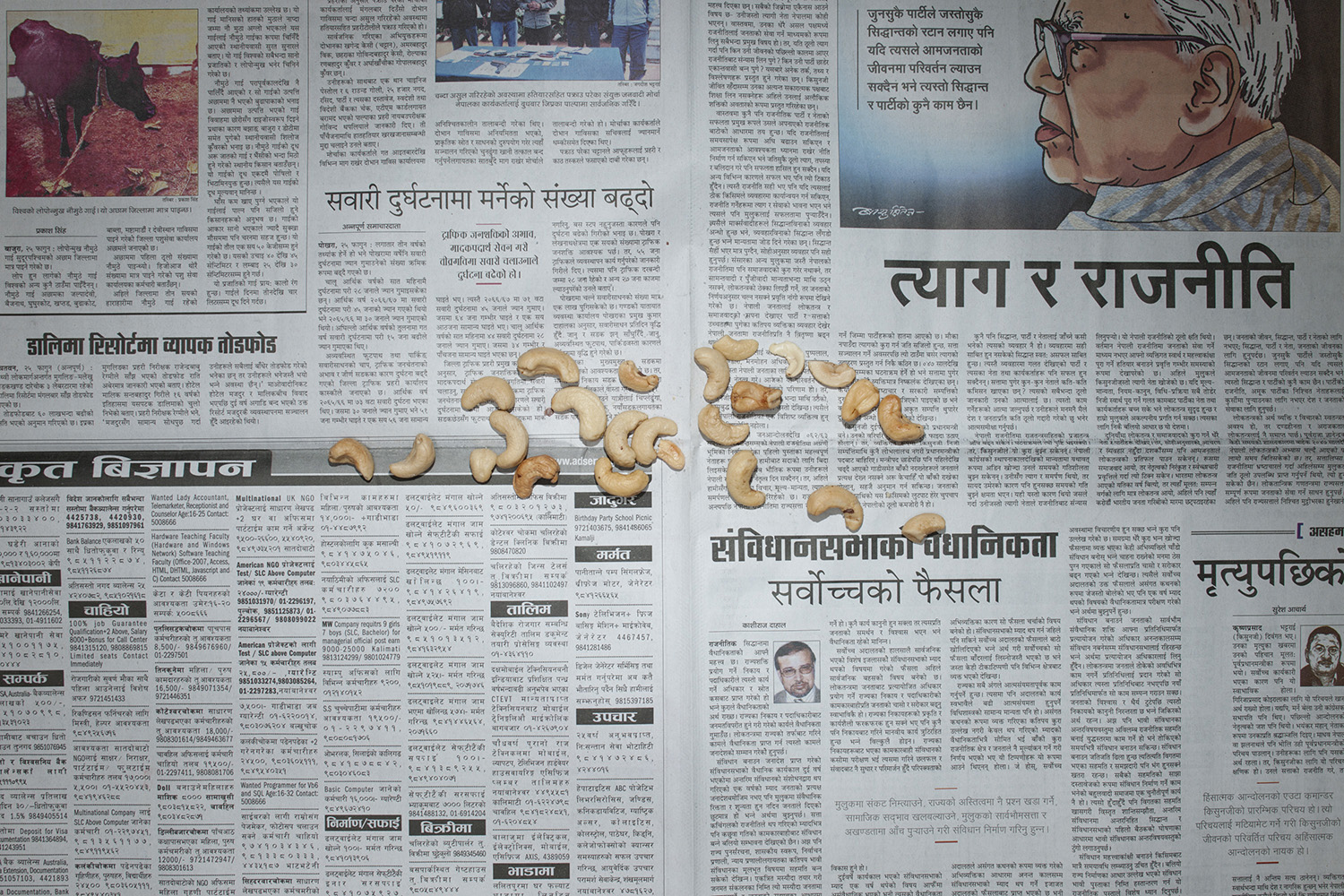Nepal
Kathmandu | March 2011
NPR 32.88 (USD 0.45, EUR 0.32).
This is based on Nepal’s national poverty line taken at current prices, of NPR 12,000 per capita annual income.
Nepal had over 6.6 million poor people (25.4% of its population) in 2010. There have been progress in poverty alleviation; the poor accounted for 42% of the population in 1996. Nepal is also close to achieving several of its UN Millennium Development Goals by 2015, including halving the proportion of people with less than one dollar income a day. However, income inequality has also been increasing; the Gini Coefficient increased from 0.34 in 1996 to 0.46 in 2009. Poverty rates are higher in the rural areas, especially in the mountain region. The government has implemented free education for all children up to grade 10, and ‘State-Privileged Identity Cards´ are given to poor families to increase their access to education, health, food, employment.
Nepal’s official poverty line was last set in 2003/04 at an average national standard of NPR 7,696 and the country has seen over 50% in cumulative inflation since then. Nepal uses an absolute poverty line, based on the food expenditure needed to fulfil a per capita 2,124 kcal per day, plus a non-food allowance. Poverty statistics is compiled by the Central Bureau of Statistics when it carries out the Nepal Living Standards Survey.
Note: Latest available standards and exchange rates were taken as of March 2011, when the photography was undertaken.
Understanding More
ADB: Nepal’s Progress Toward Millennium Development Goals
Nepal Economic Survey Fiscal Year 2009/10
Nepal Progress Report of Sector Ministries 2008/09 & 2009/10
National Development Strategy Paper – Draft Prepared for Nepal Development Forum 2009
The Millennium Development Goals Progress – Challenges and Opportunities in Nepal



